

Summary
Are you looking for the best way to improve the condition of your hand after surgery? Are you searching for an effective and efficient method to reduce pain in your hand area?
Perhaps one of the options that comes to mind is physiotherapy.
How do you think hand physiotherapy is performed? Are you looking for in-home hand physiotherapy? Are hand physiotherapy devices complex or dangerous, and should everyone use these devices?
In this brief and informative article, join us to find answers to all your questions on this topic.

What is Hand Physiotherapy?
Hand physiotherapy is the application of physical therapy knowledge to every joint and muscle located between the fingertips and the upper arm. Hand physiotherapy is a science that, when applied, can improve the strength and range of motion of this vital part of the body. The upper arm, elbow, forearm, wrist, and finally the hand are parts that may be targeted during hand physiotherapy exercises.
Those who come to physiotherapy clinics usually suffer from an injury or chronic illness that has caused movement problems or discomfort and pain in their hands. If for any reason the function of our hand is impaired, we can visit a physiotherapist and, using physiotherapy methods and exercises, strengthen our hand’s function and minimize the existing problem.
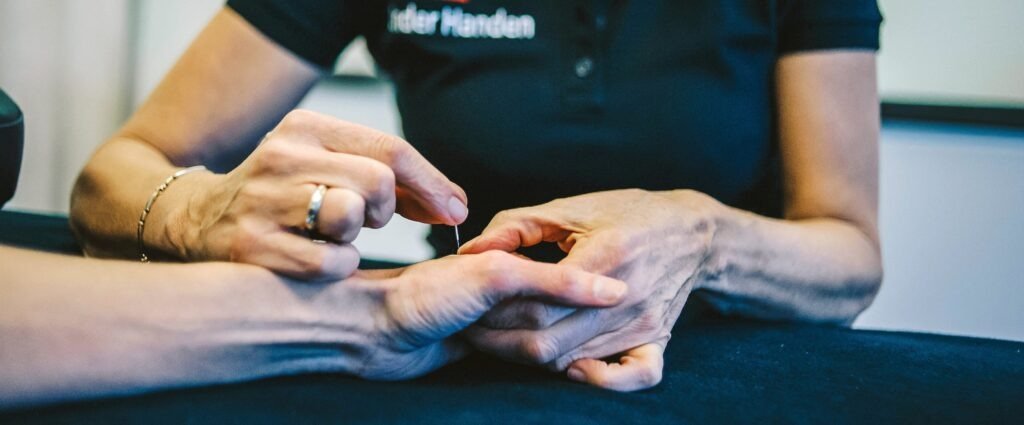
Who Is Hand Physiotherapy Suitable For?
Hand physiotherapy is essential and necessary for individuals who suffer from hand injuries or related diseases in various areas (wrist, palm, fingers, forearm, etc.), bones, joints, ligaments, etc. The following patients can be considered suitable for this treatment:
-
People with hand osteoarthritis
-
People with hand tendinitis
-
Individuals with De Quervain’s disease
-
People with Dupuytren’s disease
-
Patients with trigger points
-
Those with traumatic hand injuries, such as tendon rupture
-
Individuals who need physiotherapy after surgery to recover faster
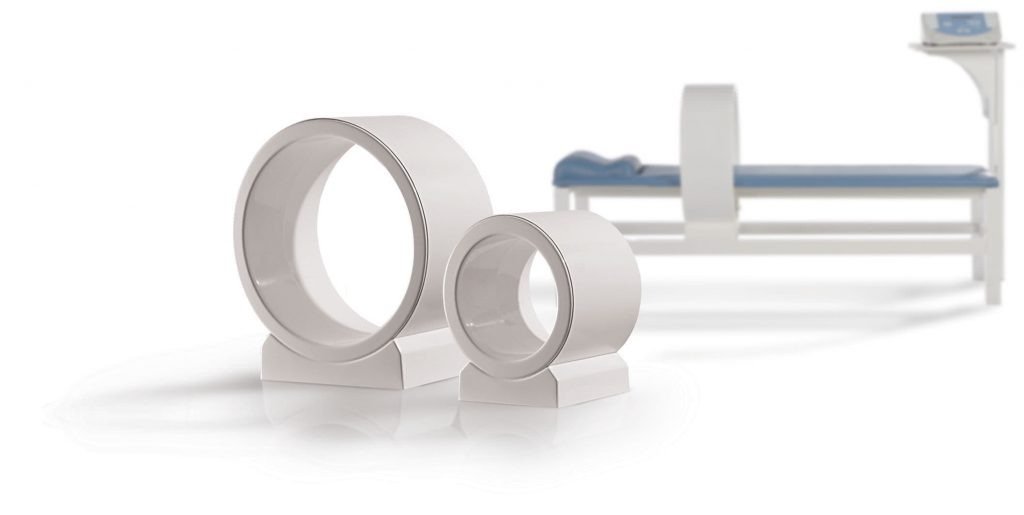
Reasons for Needing Hand Physiotherapy
Injuries, diseases, and complications that cause abnormalities in the patient’s hand and must be urgently treated through specific and varied hand physiotherapy methods include:
-
Fractures in different areas (palm, fingers, wrist, forearm, elbow, upper arm, shoulder)
-
Ligament and tendon ruptures and injuries
-
Hand fractures and dislocations
-
Wrist cysts
-
Carpal tunnel syndrome
-
Dislocations, sprains, and strains in the wrist, elbow, forearm, etc.
-
Muscle stiffness and spasms
-
Connective tissue damage
-
Numbness and tingling
-
Swelling and tendon inflammation
-
Wrist sprains
-
Finger locking and inability to bend fingers
-
Weakness and inability to flex or extend the wrist, elbow, etc.
-
Sports injuries, including elbow and forearm fractures
-
Lack of hand flexibility
-
Mild to severe hand pain
-
Temporary hand paralysis
-
Osteoporosis and arthritis
-
Wrist swelling
-
Juvenile rheumatism
-
Raynaud’s disease
-
Hammer finger
-
Trigger finger
-
Carpal tunnel syndrome

Cost of Hand Physiotherapy at Home and in Clinics
Various factors influence the cost of finger and hand physiotherapy. Each year, the Ministry of Health sets different tariffs for various physiotherapy services provided in clinics, which typically depend on the number of sessions and the type of patient exercises.
Additionally, patients with supplementary insurance can claim reimbursement based on their insurance coverage limits.
Benefits of Hand Physiotherapy
Some of the benefits of hand physiotherapy include:
-
Pain relief and reduction
-
Improvement and strengthening of hand function
-
Posture correction
-
Increased range of motion
-
Improved quality of life
-
Faster recovery after surgery
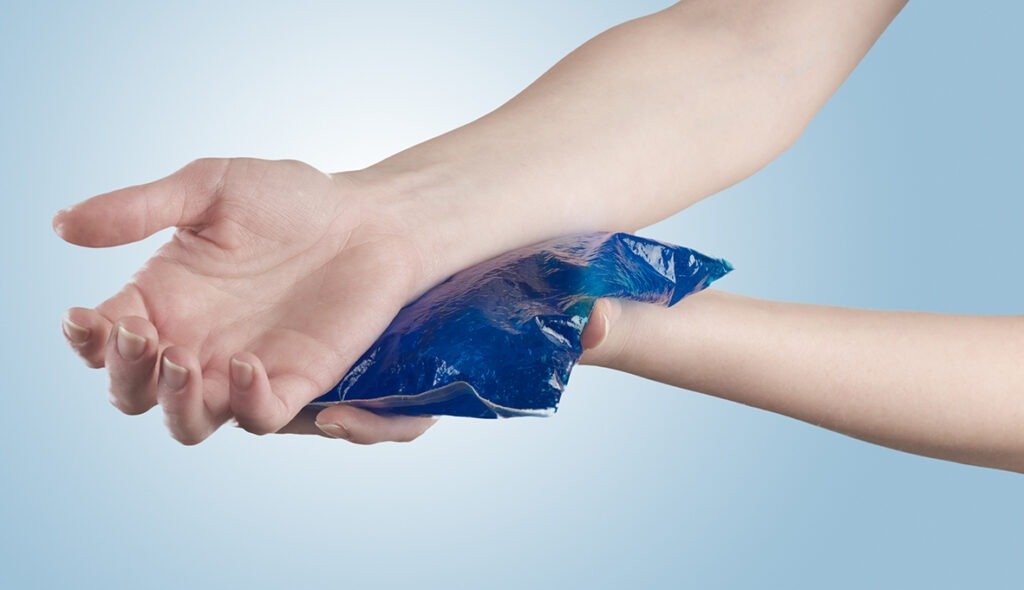
In-Home Hand Physiotherapy
Some individuals, including the elderly, pregnant women, those with severe injuries, or those who simply prefer receiving treatment at home, can achieve excellent results with the help of professional physiotherapists.
The cost of this service depends on several factors including the type and severity of injury, insurance coverage, the number of required sessions, transportation of equipment, and the physiotherapist’s expertise. However, in-home hand physiotherapy offers many advantages, such as saving travel time and increasing patient comfort.
For more information in this area, contact Raha.
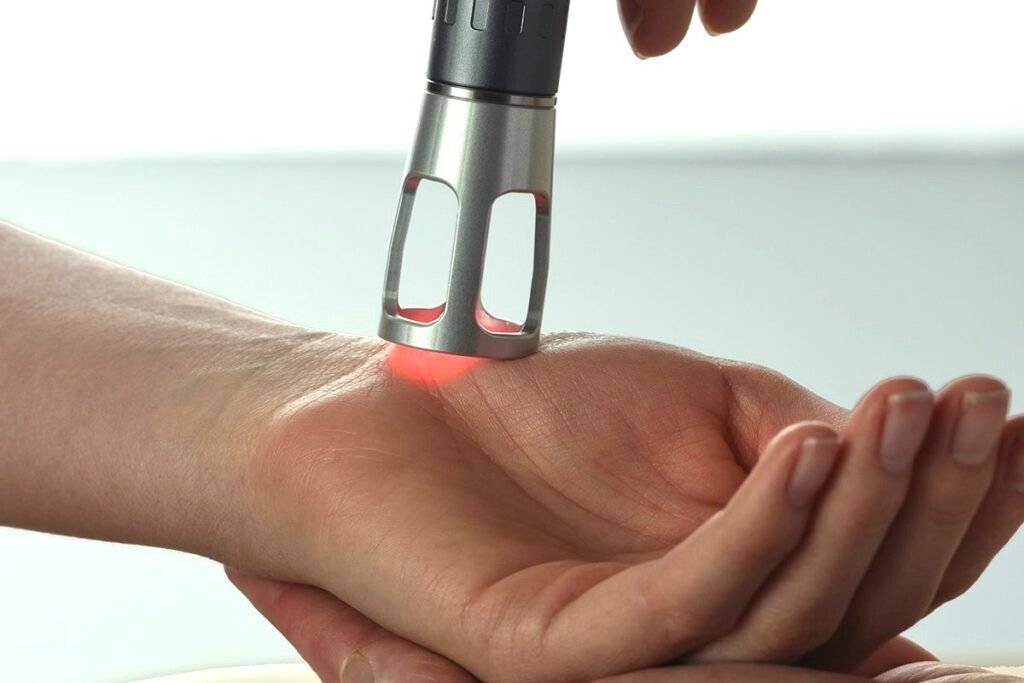
Hand Physiotherapy Methods
Generally, hand physiotherapy methods include the following techniques:
-
Electrotherapy
Electric current is used to reduce pain, swelling, and ultimately help nerve repair. Ultrasound generates high-frequency waves that eliminate inflammation and adhesions and aid in tissue repair. -
Laser Therapy
This method aims to reduce pain and inflammation and repair the targeted tissue. -
Cryotherapy (Cold Therapy)
Cryotherapy reduces nerve activity in the treated area and decreases blood flow. When a nerve is cooled, pain transmission to the brain slows significantly. Benefits include pain and inflammation reduction, symptom relief, blood sugar regulation, immune system enhancement, etc. -
Thermotherapy (Heat Therapy)
This method is used for treating severe and chronic pain. When muscles become tense or go into spasm, heat therapy can be very effective. It is commonly used for hand arthritis, bursitis, tendinitis, and joint pain.
As known, increasing temperature boosts molecular motion and cell metabolism. This method uses both deep and superficial heat, typically ranging from 40°C to 80°C. Other benefits include anti-aging, joint inflammation reduction, improved blood flow, immune system support, etc. -
Magnet Therapy
One of the most commonly used methods in physiotherapy, magnetic therapy involves using a magnet device to reduce pain, recovery time, and speed up healing. These waves have significant effects on damaged tissues. -
Acupuncture or Dry Needling
In this method, the physiotherapist inserts very fine needles into targeted points to reduce pain and inflammation. -
Tecar Therapy
Tecar therapy is a modern and revolutionary method using radiofrequency, delivering outstanding results.
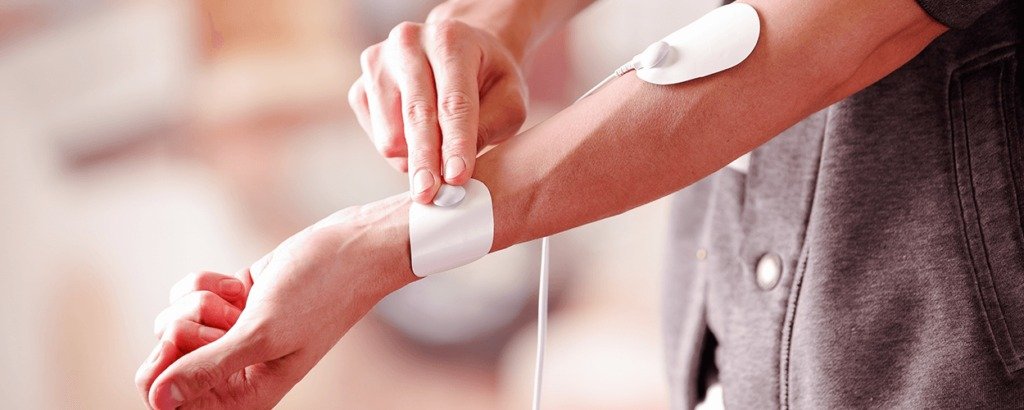
Stages and Process of Hand Physiotherapy
This treatment may involve physical exercises and movements or be combined with various manual or device-assisted therapeutic techniques. The stages include:
-
First Session: The patient and physiotherapist get to know each other, discuss the patient’s condition and concerns, and the physiotherapist’s approach. (If post-surgical, the therapist provides guidance and helps the patient recover even during hospitalization.)
-
After evaluating the patient’s condition, medical history, and conducting necessary physical exams (moving the hand, rotating it, finger mobility, etc.), the physiotherapist assesses the severity and explains the required treatments, familiarizing the patient with different methods and alleviating concerns.
-
Next, a schedule of exercises is prepared, including type, duration, and repetition count. The therapist also determines additional treatment methods based on the injury area and severity, and shares this plan with the patient. The patient then fills out a form, and the physiotherapist provides a complete treatment plan with scheduled sessions.
-
Finally, the clinic receptionist reviews all sessions, treatment details, and calculates the total cost to inform the patient.
Duration of Hand Physiotherapy
Regarding the duration of hand physiotherapy, it should be noted that this time can be influenced by various factors, such as…



نظر خود را بگذارید